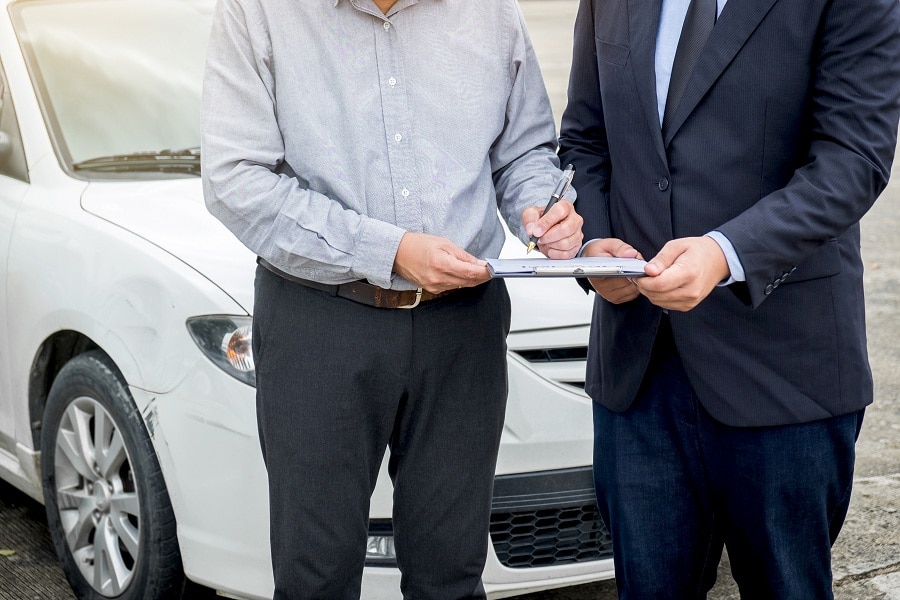Many people believe a VIN, or vehicle identification number, is just a set of numbers without any real information aside from providing some level of identification for the vehicle. However, it actually does have a few details in it. This serial number is an important component for you when it comes to ownership of a vehicle. The VIN contains a series of numbers with a structured code within them. Most people do not need to know this, but you should have your motor vehicles’ numbers on file in case you need it.
So, What’s in a VIN Code?
The vehicle identification number, VIN, is a set of numbers located on the vehicle. The vehicle’s manufacturer places this number on the car itself before it leaves the factory. It is the single most important component for identifying one vehicle from the next. It is 17 characters in length. And, it is generally on the side door or located under the hood of the car. Sometimes it is positioned right at the bottom of the windshield on the driver’s side. Take a few minutes to find it on your car.
Decoding the VIN can be a bit of a challenge. However, some people have made it a hobby to do so. Here’s a look at what goes into this 17 character set of numbers and letters.
- The first number provides information about where the vehicle was manufactured. The number corresponds to a country of origin. Vehicles with a 1, 4, or 5 at the start are manufactured in the United States, for example.
- The second two letters shows the vehicle manufacturer. This may include letters to represent General Motors, for example.
- Then, there is a string of five letters and numbers together. This provides information about the engine size and type as well as the vehicle’s brand information including the vehicle’s model.
- The next single letter corresponds with the vehicle security code.
- Another letter comes next. It represents the year the vehicle was manufactured. The model year correlates with a specific character of the alphabet.
- Another letter comes next. This provides information on the specific plant that assembled the vehicle.
- Then, there is a string of six numbers ending this vehicle identifier section. This set of numbers is the actual serial number for the vehicle.
Why You Should Care About the VIN
Reading through the information about what’s in the VIN can give you some information about where your vehicle came from and was assembled. But, it can also provide a variety of benefits over time.
The Highway Traffic Safety Administration, for example, will use this information to look up information about a car that is found or one involved in an accident. This can help with the identification of the vehicle when you cannot do so. If your car is stolen, this information can help in the locating of it.
Another example comes from recalls and safety concerns. Because it provides a world manufacturer identifier, it is possible for researchers, investigators, or even just companies to go back to the manufacturer to find out if there is something wrong with just this car or if it is a problem associated with numerous vehicles manufactured at a specific location. If the National Highway Traffic Safety board needs to consider recalls and safety warnings, this VIN can offer some help in doing so and identifying cars impacted.
You Should Check It, Too
When buying a vehicle, have a VIN check done. This can offer some information to you about the vehicle’s history. A vehicle history report could pull up information about the car’s previous accidents or serious repairs. Use this information to verify the safety and overall condition of the car before you buy it. You can check digit information at the dealership before you buy it. Then, use a third party’s VIN check service to gather information about the vehicle. Any time a police report is filed for the vehicle, this information is included. This gives you a bit of peace of mind.
Your Insurer Needs This Information, Too
Your auto insurance provider will have your vehicle’s VIN on hand. This information is useful to them for theft purposes as well as to verify the information about your car. It helps to identify your car for insurance purposes all around.
Is Your Policy Up to Date?
To get more information about your vehicle or your VIN, or even to just update your auto insurance policy, call our team at Gebhardt Insurance Group. We are happy to help you learn more about your vehicle.

